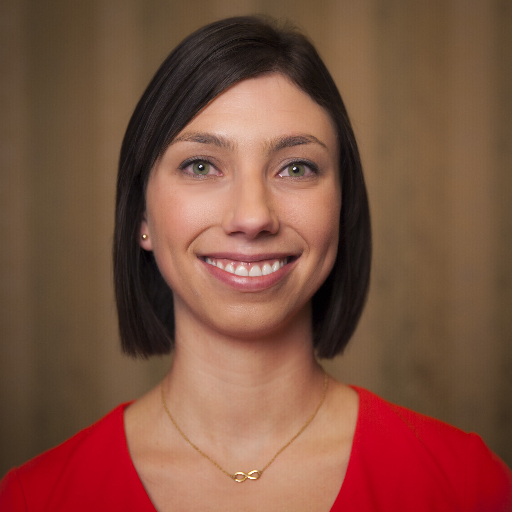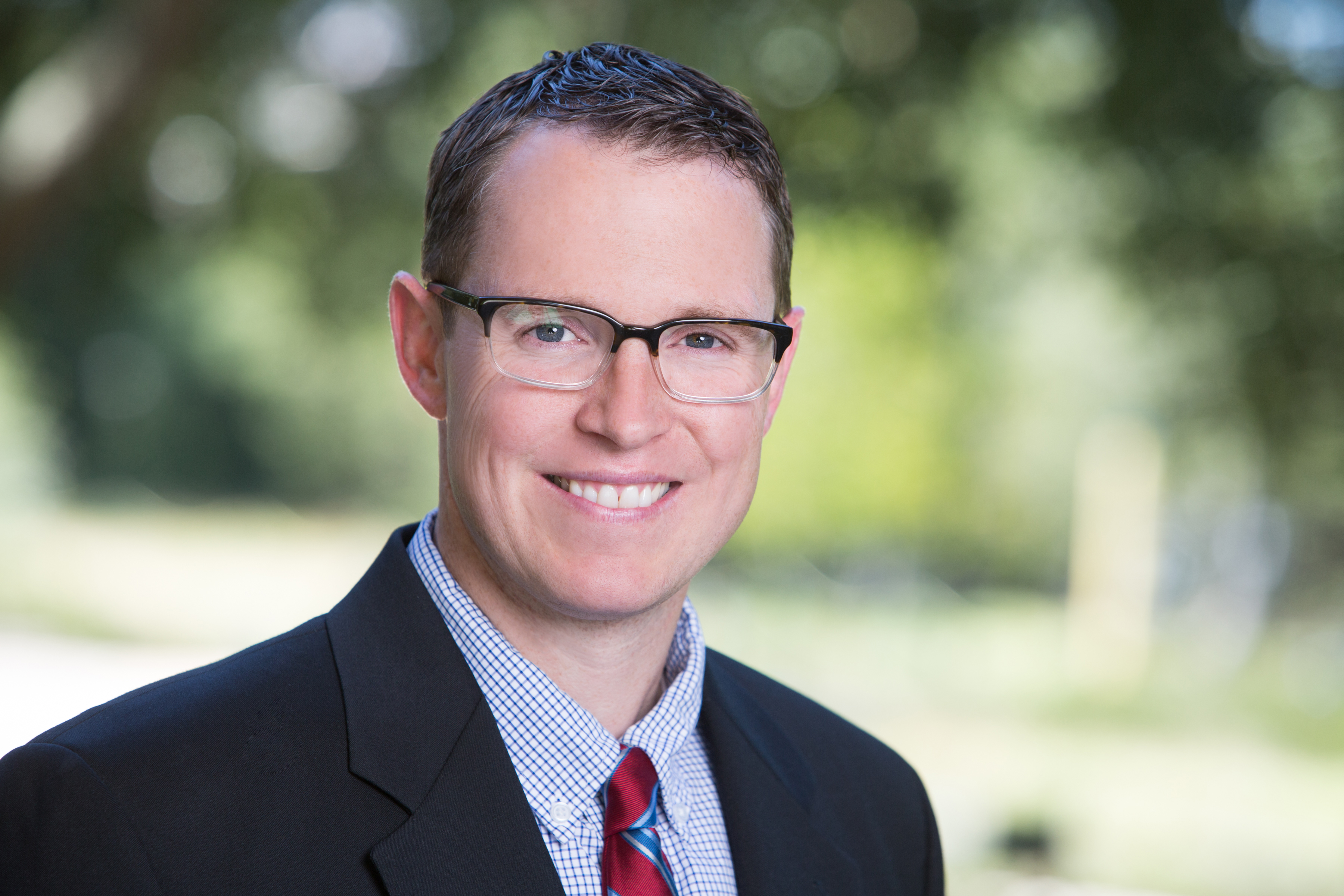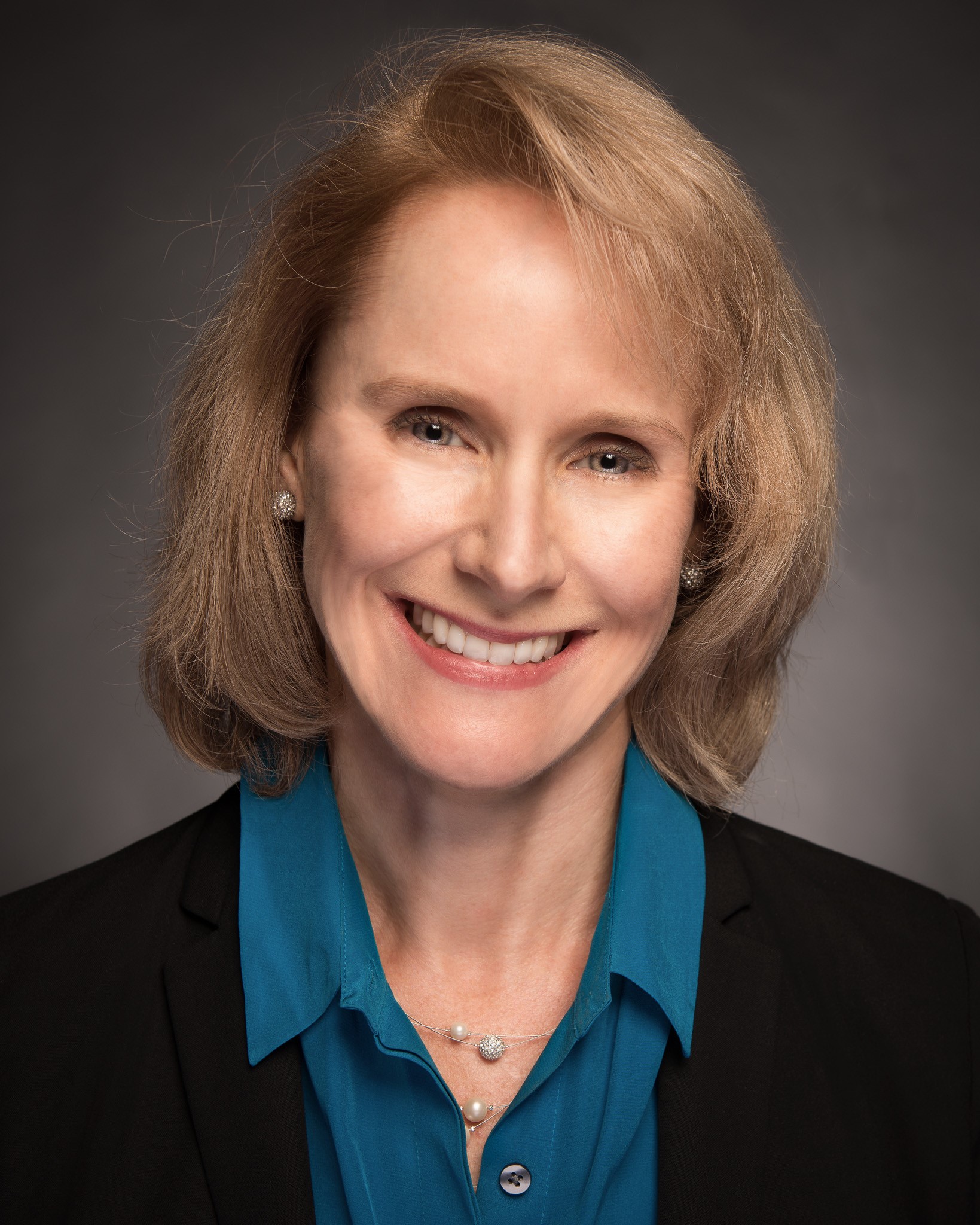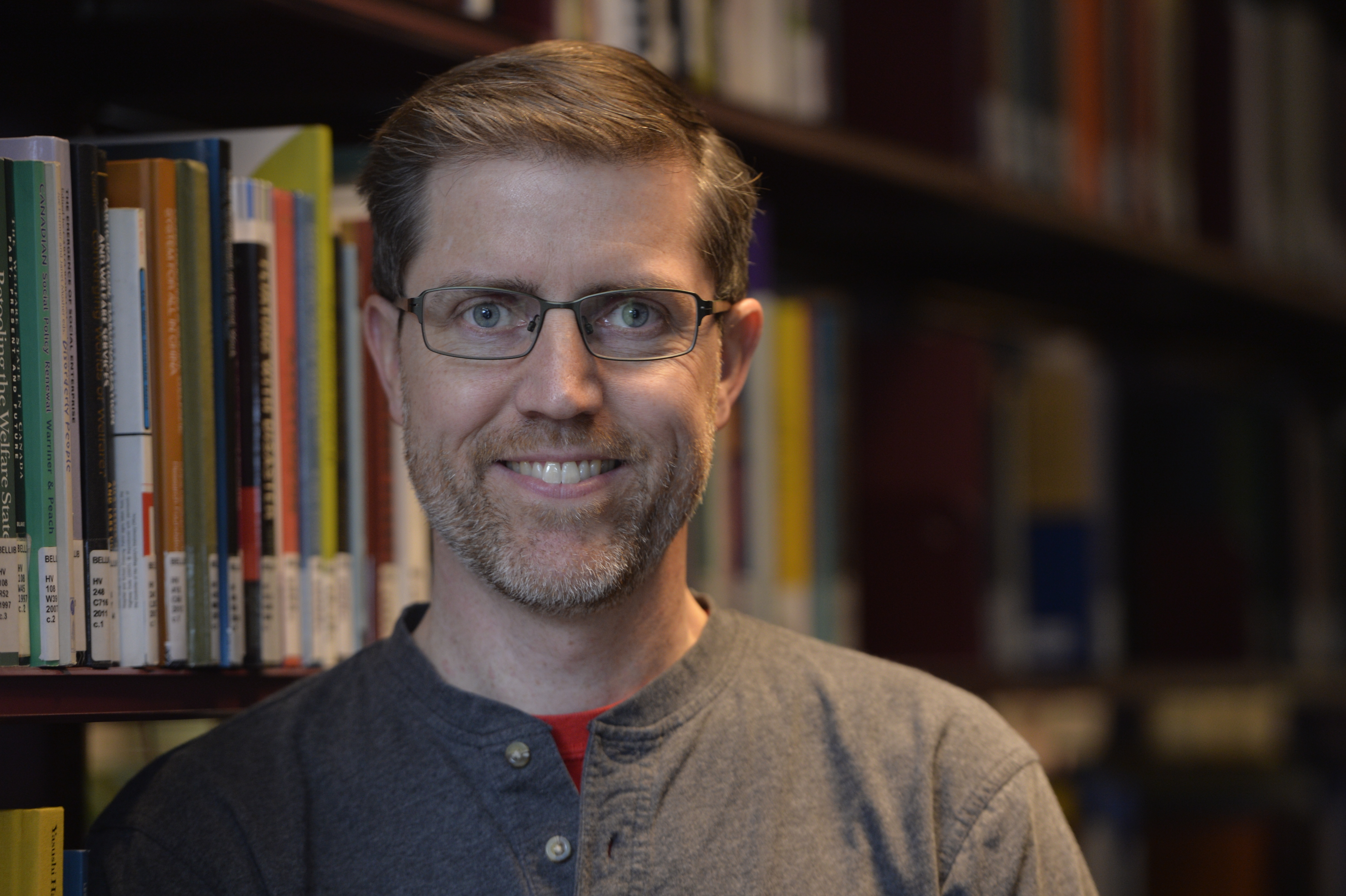You have /5 articles left.
Sign up for a free account or log in.
New York State's decision to invest $8 million to spread the development and use of open educational resources represents the latest move by a state to try to spur the adoption of low-cost digital textbooks. Another piece of significant news about the mainstreaming of OER was announced Monday by start-up Lumen Learning, which said it had teamed up with Follett to create a new channel for its course content to reach more faculty members. Follett operates 1,200 physical and 1,600 virtual bookstores.
There have been other moments in recent years (think California's 2012 legislation to create 50 free digital textbooks) that some people believed represented a "breakthrough" or "turning point" for the use of OER, and yet surveys and statistics show that adoption remains limited.
So Inside Digital Learning asked experts if this moment different? Is OER poised to truly transform the publishing landscape in a more significant way?
We'd love to hear what you think, too, so please leave a comment at the bottom of this article.
***

Nicole Allen, director of open education, Scholarly Publishing and Academic Resources Coalition
New York State’s effort to make college free recognizes several important facts. First, that tuition is not the only reason higher education is expensive, textbook costs are also a significant burden for students. Second, we have a solution to the problem directly at our fingertips in the form of open educational resources (OER) -- freely available materials that can be legally downloaded, edited and shared to better serve all students.
OER has proven to be one of the rare opportunities in public policy to generate a return on investment. Programs in other states have shown that for every dollar invested in OER, students save many times that amount on course materials. In Georgia, the public university system’s Affordable Learning Georgia program has awarded $2.1 million in “textbook transformation” grants, which by the end of this academic year will have saved students an estimated $26.4 million. Similarly in North Dakota, a program funded with a $110,000 state appropriation has saved students an estimated $2 million. In both cases, the savings are more than 15 times the original investment. While some might quibble over the exact calculations, the trend is clear: investing in OER significantly reduces higher education costs for students.
This is the genius behind New York State's approach. Making tuition free is important, but the impact of funding is one-to-one: for each dollar saved, you need to find another dollar from somewhere else. The Affordable Learning Georgia program run by the state's public university system has awarded $2.1 million in “textbook transformation” grants, which by the end of this academic year will have saved students an estimated $26.4 million in textbook costs -- more than 12 times the amount invested.
About half of all states now have some kind of OER effort, and New York’s is perhaps the largest single investment to date. Does this mark a turning point for OER? I would say that’s not the right question.
OER isn't a goal, it is a solution that can be leveraged to address problems across higher education. There are many signs that OER is gaining momentum. Adoption of quality resources such as the OpenStax textbooks is on the rise, with a recent survey finding that their books have gained a 10-percent market share in their respective courses. Similarly, the proliferation of OER degree programs at 38 community colleges announced last summer will reduce costs on an even larger scale. And we have only begun to scratch the surface of how OER can help improve student outcomes, create opportunities for new pedagogies, and give institutions ownership over their course content.
Ultimately, OER is about what you do with it. As New York has recognized, OER can take funding and effort to implement at scale, but solutions to important problems typically do. If there is a turning point for OER, it will be when all of the problems with the affordability, accessibility and quality shortcomings in the traditional course materials market are solved.
***
 David E. Anderson, executive director of higher education, Association of American Publishers
David E. Anderson, executive director of higher education, Association of American Publishers
It’s hard to say whether New York’s investment in digital OER will be a “breakthrough” in the publishing industry. But by embracing OER, the State of New York is showing its commitment to helping students graduate on time while reducing student debt. Education publishers agree that digital learning has great potential to help students.
As it has done in so many different industries, digital technology has changed the way students learn and professors teach in higher education. Digital materials help students earn higher exam scores, get better grades and ensure students are less likely to drop out of class. The digital materials of today from commercial educational publishers are no longer simply a PDF of a textbook. They include features like adaptive quizzes, practice activities and gradebooks. With these digital course materials, professors can customize lectures based on class progress, and materials can be quickly updated when new information is found or new discoveries are made. They provide students with immediate feedback and offer guidance in the areas they struggle with at any hour.
When it comes to course materials, education publishers believe it’s not an “either/or” choice of using commercial or open source material. OER are just one of many models that professors can use as they decide what works best for their class. In fact, many commercial publishers integrate OER within their own products and supplemental materials while making sure the material aligns with a course’s objectives and include engaging, relevant and current information as well as student support and assessment. They also make sure the material can help improve learning outcomes and increase retention while seamlessly integrating with a learning management system. While there is a vast amount of free educational content available at our fingertips online, there is still a need for professionally researched and vetted materials produced by learning companies.
Educational publishers collaborate with colleges and universities to help make these digital learning materials and platforms even more affordable. Education companies can help deliver accessible, interactive and personalized digital content by the first day of class, the cost of which are far lower than traditional hardbound print textbooks. This model can help facilitate the transition from print to digital, making it easier for students to access their course materials at a discounted price.
 Rick Anderson, associate dean for Collections & Scholarly Communication, Marriott Library, University of Utah
Rick Anderson, associate dean for Collections & Scholarly Communication, Marriott Library, University of Utah
There’s no question that seeing a state put $8 million aside in order to make textbooks more affordable is a welcome development. However, if there’s one thing the recent history of education technology and scholarly communication has taught me, it’s to be very wary of proclaiming any development a “turning point” or a “transformational moment” -- even if (or especially if) it seems very exciting at the time.
So while I welcome New York State’s appropriation of funds for the development of open textbooks, my excitement is tempered by questions. In this case, I’m less interested in that total figure of $8 million than I would be in knowing how the money is going to be spent. Will it be used to seed the creation of an OER enterprise? Will it be parceled out to state higher-ed institutions with an instruction to create local development programs? Will it be offered to individual authors in the form of grants? (Given the limited success we’ve seen so far with the latter approach, I hope the administrators of the program will do robust due diligence before implementing it.)
Moving forward, it will be essential that the administrators of this program make sure they aren’t trying to solve the wrong problem. Many observers find it baffling that professors are slow to adopt (let alone write) open textbooks, and my experience suggests that whenever someone insists on doing something you find baffling, that suggests that you might not know as much as you think you do about the phenomenon in question.
The Babson Group’s recent faculty surveys have turned up interesting data in this regard, finding that by far the greatest barrier to faculty adoption of OERs is not concern about quality, or lack of institutional support, or the difficulty of integrating OERs into existing teaching platforms, but rather the belief (sometimes accurate, and sometimes not) that open resources simply don’t exist in the relevant fields. The top three reasons that faculty gave for not adopting OERs were variations on “they don’t exist for my discipline” and “I can’t find them.” If these survey results are accurate, then making currently existing OERs more findable may be as important a goal as simply creating more of them.
***
 TJ Bliss, program officer, William and Flora Hewlett Foundation
TJ Bliss, program officer, William and Flora Hewlett Foundation
The new announcement from New York is further evidence of the growing trend of OER adoption across higher ed and K-12. We already know from 16 peer-reviewed studies that students perform as well or better when using OER, and that both faculty and students perceive OER to be as good or better quality than traditional textbooks – and now it’s clear that the State of New York is willing to join the growing list of nations, states, colleges, and schools banking on that. It’s absolutely a win-win: student costs decrease dramatically, there’s no trade-off in educational quality, and faculty and students alike have the opportunity to engage with knowledge in a much deeper way than is possible with traditional textbooks.
At the Hewlett Foundation, we have been making strategic investments for years in the infrastructure and connective tissue necessary to bring OER to scale, and we continue to see demand grow for the incredible number of high-quality OER textbooks and materials available through sources like OpenStax College and the Open Textbook Library. Any major paradigm shift like this one requires this level of investment, and we’re pleased to see more funders stepping up to support the development of infrastructure, research and openly licensed materials themselves. All of these signs tell us that OER are not going away; rather, the adoption of OER is only accelerating.
As in any paradigm shift, we expect to encounter bumps in the road and unexpected obstacles, and implementing OER is no exception. However, we continue to be pleased at how nimbly the OER field tackles each challenge that comes along, embracing the notion of continuous improvement whole-heartedly, and always working to ensure that students get the best education possible with the outcomes they deserve.
***
Thomas Carey, research professor, Center for Research in Math & Science Education, San Diego State University
Two recent articles in Inside Higher Ed have featured advances in the adoption of Open Education Resources: the announcement from New York State about a new state-wide Open Textbook investment and a new partnership to “bring open course content to faculty members through the campus bookstore."
Welcome as these new announcements are, and as much as we hope they represent a breakthrough on OER adoption…we’ve been predicting an imminent ‘tipping point’ for OER usage long enough to be a bit cautious. Instead, I’d like to highlight a value proposition for Open Textbooks that’s often overlooked: making visible the way faculty work with knowledge in our teaching, as a model for students’ engagement with knowledge practices in their own work.
We know we need to prepare students for a future in which they will work with knowledge that doesn’t yet exist, using knowledge practices that don’t exist, in jobs that don’t yet exist. Building capability for such a dynamic knowledge environment includes a conceptual perspective on knowledge as evolving rather than fixed, a skill set for extending knowledge and knowledge practices in innovative ways, and above all a sense of agency and self-efficacy for this kind of knowledge-building as part of contemporary professional and vocational workloads. Some researchers are framing this kind of capability as ‘the Deliberate Practitioner’, encompassing the more familiar ‘Reflective Practitioner’ goal but with a much strong forward-looking view of practice (rather than just reflecting in retrospect).
With this goal in mind, an open textbook can become more than an exposition of the subject matter content – it can also be a demonstration of the process by which the pedagogical content knowledge has evolved over time within the professional community. That process demonstrates how the knowledge can be – and must be – adapted for particular contexts, how new research evidence can be applied to improve outcomes, and reveal instructional challenges that remain as open questions being actively addressed.
***
 Cheryl Costantini, vice president of content Strategy, Cengage
Cheryl Costantini, vice president of content Strategy, Cengage
It’s too soon to say if the announcement from New York State or Lumen Learning and Follett will really change the publishing landscape. What’s really interesting in New York is the change in mindset to take a more holistic view of college affordability. It’s not just about the cost of textbooks or the cost of tuition. The idea that we need to address these two items together, not separately, really represents a new, smart way of thinking.
The announcement in New York is not a surprise, as the state has always been a leader when it comes to OER initiatives. In 2012, they launched SUNY Open Textbooks and have operated their own OER publisher. There is still a lot that remains to be seen about how the program will work and how OER resources will scale across the SUNY and CUNY campuses. Regardless of the amount of the investment, the same barriers exist when it comes to discoverability of OER sources, durability and sustainability of the materials created and winning professor buy-in.
Many don’t realize that about a third of all US states already have some OER initiative in development. Cleary, the OER movement has come far, but Cengage research indicates that the next 5 years will be a real tipping point for OER use, which could triple from 4 percent to 12 percent of the primary courseware market and 19 percent of the supplemental adoption market.
Overall, these most recent advancements in affordability are win for all of us. The more we can do to increase access to education and remove barriers for learners, the better off we are.
***

I have been involved with OER projects for about a decade and am currently working on two such projects. Some things have changed over the last ten years, and some have not. There is greater energy in the OER movement now, but the core problems affecting the uptake of OER in higher education remain unchanged. The first of these is that the overall quality of the materials is all over the place. It takes a truly industrious instructor to find things that can be used. There is a place in the marketplace (or the ecosystem) for a demanding review publication of OER products so that instructors can separate the useful from the half-baked.
The second point is that many instructors simply don't have the time to put into OER. One of the great advantages of the traditional textbook is that it makes life easy for the instructor. An instructor whose tenure decision will mostly be based on his or her publications and not on skills in the classroom has little incentive to adopt OER. Finally, OER is "open" in two ways: "open" as in free to the user, and "open" as in configurable to the user. The second meaning (configurability) is by far the more important, but most discussion of OER is about cost. This is myopic. The problem with OER is that it has been conflated with the Open Access movement, but its real virtues lie in the capability to tailor instruction to different classroom contexts and very different students.
***

Free college tuition is fundamentally about equitable access to a higher education for everyone. But once students are admitted to college, even with free tuition, they are still faced with other expenses including housing, food, transportation, child care and textbooks. Textbook costs are significant and continue to rise, by more than three times the rate of inflation according to the latest data. For students in two-year college, that typically adds an additional 40 percent on top of their tuition costs.
If students can’t afford their textbooks, they can’t learn as effectively – imagine trying to learn Chemistry and complete your assignments without the required textbook. And this is not a theoretical problem. A recent study found that two-thirds of students surveyed did not purchase one or more required textbooks due to cost despite knowing it could harm their grade. Another study in Florida found that a third of students took fewer courses because of the high cost of textbooks.
We will continue to see more universities shifting to OER because they like the cost savings for students with no downside in terms of student outcomes. And we’ll continue to see the OER field innovating to meet the challenges inherent in any major shift in education.
What can New York do to maximize the impact of this $8 million OER investment?
- Eliminate textbook costs for the SUNY and CUNY 100 highest enrolled courses.
- Shift entire degree programs to OER. See Achieving the Dream’s national OER Degree Initiative.
- Don’t recreate the wheel. Reuse and revise existing OER. There are a host of quality OER available from reputable sources including MIT, OpenStax and University of Minnesota, just to name a few.
- Join existing OER communities and learn from other States, faculty and librarians (e.g., OER Commons Hubs, MERLOT communities, SPARC Libraries & OER Forum, Open Education Consortium).
- Share what they build. To the extent New York builds new OER with $8 million of public funding, the resources created with these funds should be openly licensed by default – preferably with a Creative Commons Attribution license.
- Ask for help. For profit companies (e.g., Lumen Learning) exist to help colleges and universities shift to OER.
- Avoid so-called “inclusive access” textbook publisher programs that lease (not sell) students short-term access to closed, non-editable educational resources
***
 Michael Hale, vice president of education, VitalSource
Michael Hale, vice president of education, VitalSource
New York state is right to consider the cost of course materials as a part of the program to eliminate tuition at CUNY and SUNY for almost a million needy students. However, doing so by trying to “eliminate textbook costs for more than 100,000 students” by moving the courses to OER content is neither the best nor easiest answer to lower the cost of course materials. OER can certainly be part of the answer, but first we need to reframe the goal as ensuring that all students get quality materials, be they OER or commercially produced, at the most affordable prices. Emphasis on ensuring they actually get the materials, since most do not.
Fortunately, there is an easier answer and one that has saved students between 40 percent to 70 percent on the cost of course materials. Before outlining this solution, I want to outline the economics of textbook costs.
OER is a reaction to the massive increase in textbook costs, an 82 percent increase over the last 10 years. Education publishers invest tremendous resources into the creation of textbooks working with experts in the field – often leading professors – to author, curate, organize and deliver content and assessments in a package designed to facilitate learning. They then sell this print book through a variety of channels, including student bookstores and online sellers.
This textbook, for which the publisher received revenue one time, may then be resold, or rented, another six times without the publisher receiving any revenue. As a result, publishers have to maximize the price of their initial sale to cover the lost sales. It also reduces the number of years between new editions, since a new edition represents another opportunity make a sale again before that title enters the used and rental markets.
The result is our current state in which 65 percent of students say they have chosen not to purchase a “required” textbook due to cost even though 95 percent of them feel this decision negatively impacted their grades (US PIRG). When the average graduation rates for students at four-year universities hovers around 60 percent and less than 40 percent at community colleges, we have to first ensure that students get the materials professors have “required” for success.
When publishers sell new textbooks at absurdly high prices, it is easy to make them out to be the greedy villain in this story. However, publishers are just responding to the economic realities and they are ready to participate in this solution.
The irony is that by providing all students with the content through Inclusive Access programs students are able to get their books on day one. In these programs, students are billed for the content at a greatly reduced price since publishers are getting paid on every delivery. The federal government has responded to the rise of these programs by publishing new rules that allow any institution to include learning materials in a course provided students are given the option to opt-out on a per course basis.
The rise of these Inclusive Access programs has led most major education publishers to develop new pricing that reduces the costs to students by as much as 70 percent. For example, one small community college in TN saved students $860K in the first semester of their school-wide Inclusive-Access program.
Full disclosure: VitalSource is the leading provider of Inclusive Access technologies and is also now the distributor for the largest collection of curated OER, https://goo.gl/ldVluK.
One final point: I find the discussion around OER to be analogous to the many conversations about MOOCs that churned about a few years back. At that time, many were asking questions about the impact of MOOCs on traditional higher education. Will MOOCs affect traditional college enrollments? Will some student forego tuition-based education for MOOCs? Many in the higher education community were genuinely concerned, and even threatened, by this thought.
While the history is still being written, you don’t hear many concerns about losing students to MOOCs anymore. MOOCs have absolutely had a significant impact on higher education (the rise of micro-creditentialing, for example); however, they have not been the highly disruptive force that many thought, and even feared, they might be.
What will be the impact of OER? My guess is that they will help drive more rational pricing with course materials and pioneer a few new and better forms of content that will mostly be co-opted by the companies, some of them new, in the business of creating high quality course materials.
***
Quill West, open education project manager, Pierce College
I’m very excited about the announcement that New York’s governor and legislature are investing in college affordability, and that they are considering textbook costs as well as tuition, as an issue for families investing in their students’ futures. It’s heartening that the leadership in New York recognized that an initial investment in open education will go a long way toward improving educational goals for people all over the state. Every investment in open education, especially at the governmental level, is a positive move toward transitioning the burden of education costs away from individual students and to a more equitable and sustainable approach for delivering curricular materials.
This investment comes at a perfect time in the open education landscape, because it comes at a time when the focus has shifted from creation of new educational materials, to adoption of educational practices that support openness. All of the efforts on open education up to this point have moved us forward incrementally in building a set of proven practices for adoption of open materials in a wider scale.
Increasingly institutions who invest in open education are considering scale, wide adoption practices, and cross-institutional collaboration as they embark on open education efforts. In essence states like New York, and my own state Washington, have invested in infrastructure such as professional development, assessment of student experiences in classes, and institutional policies that support the ongoing growth of OER. The next steps that the open education movement will take, using investments like this one, is developing a body of literature that discusses both proven practices for open education adoption and how open education helps students to meet their goals.




